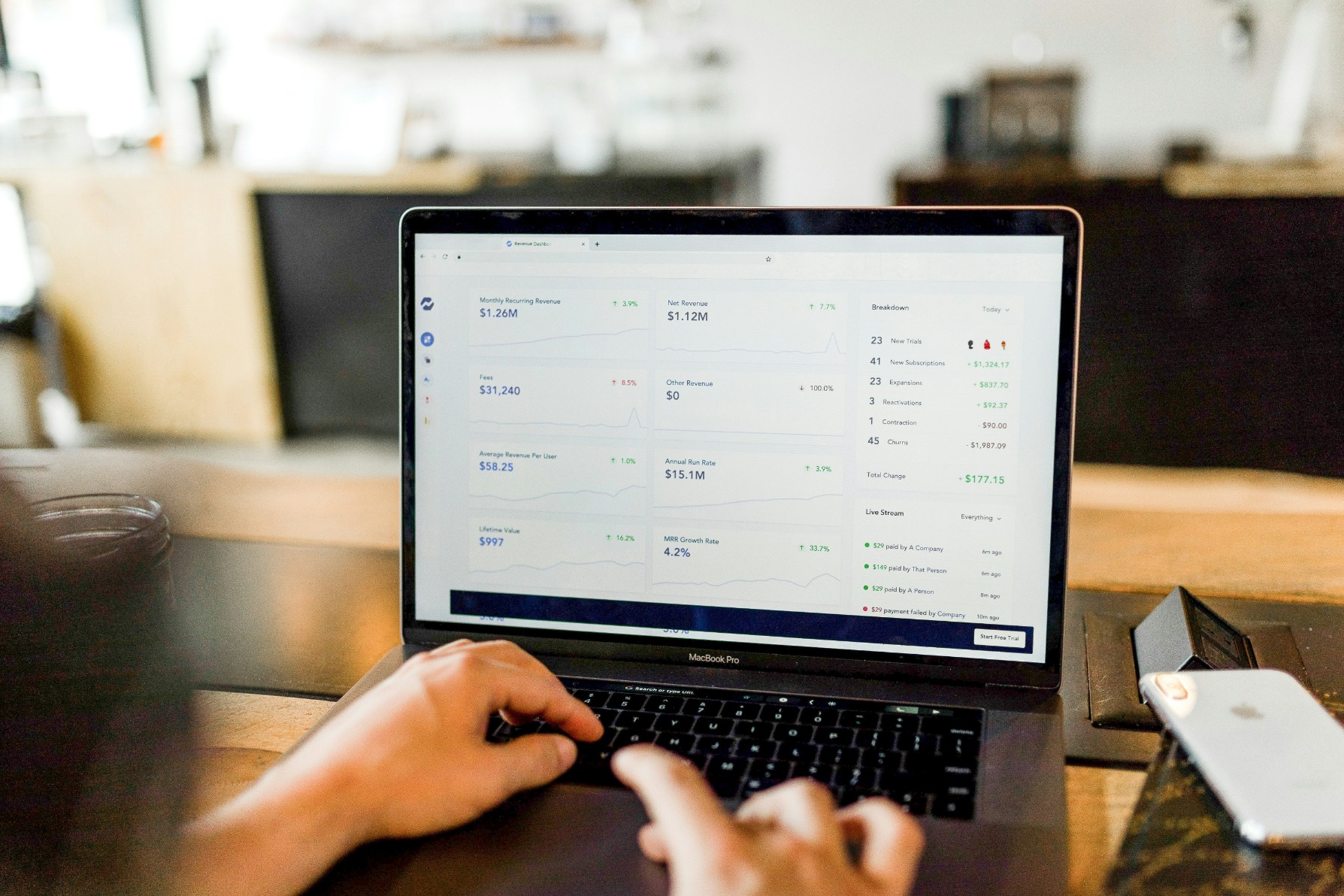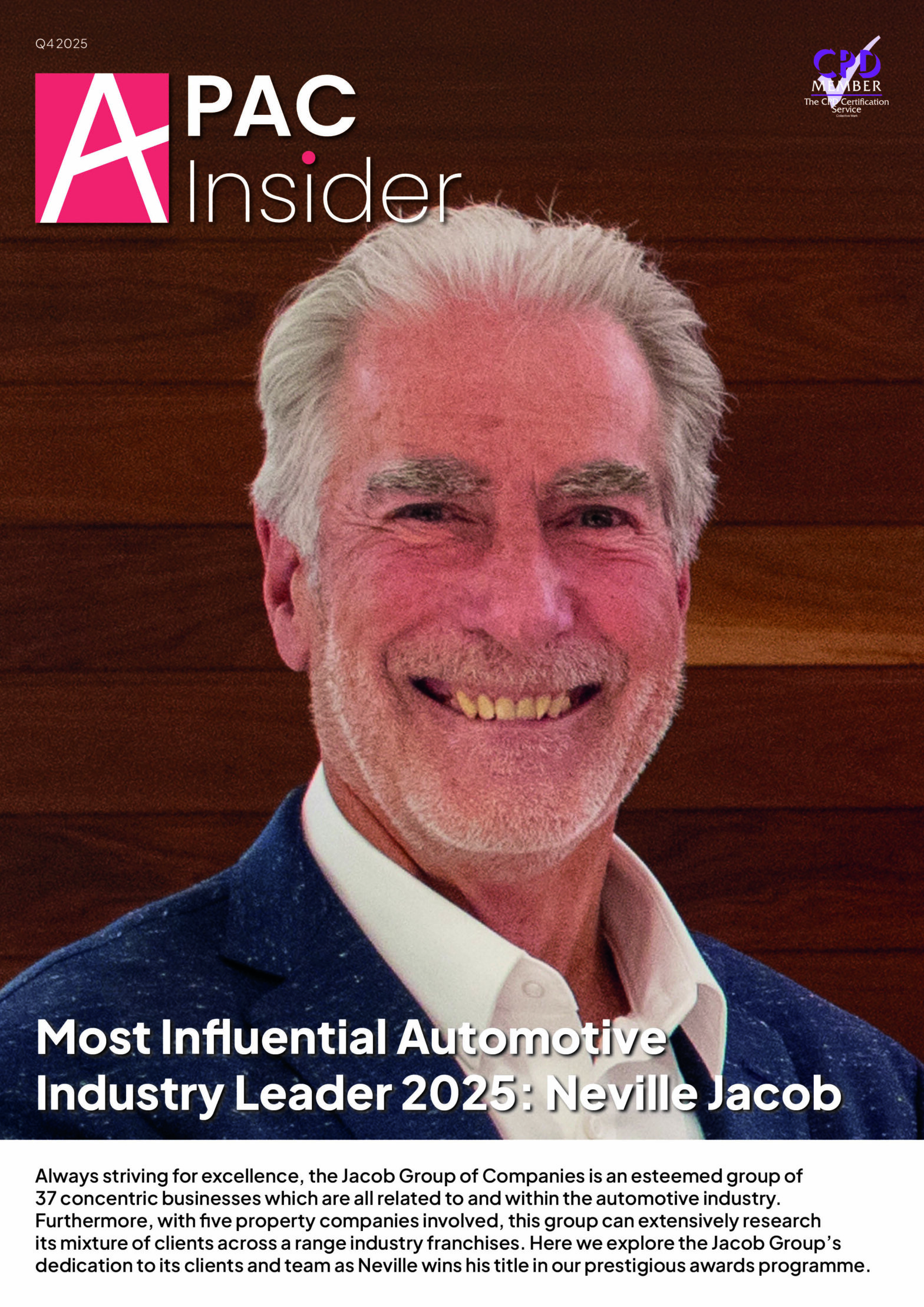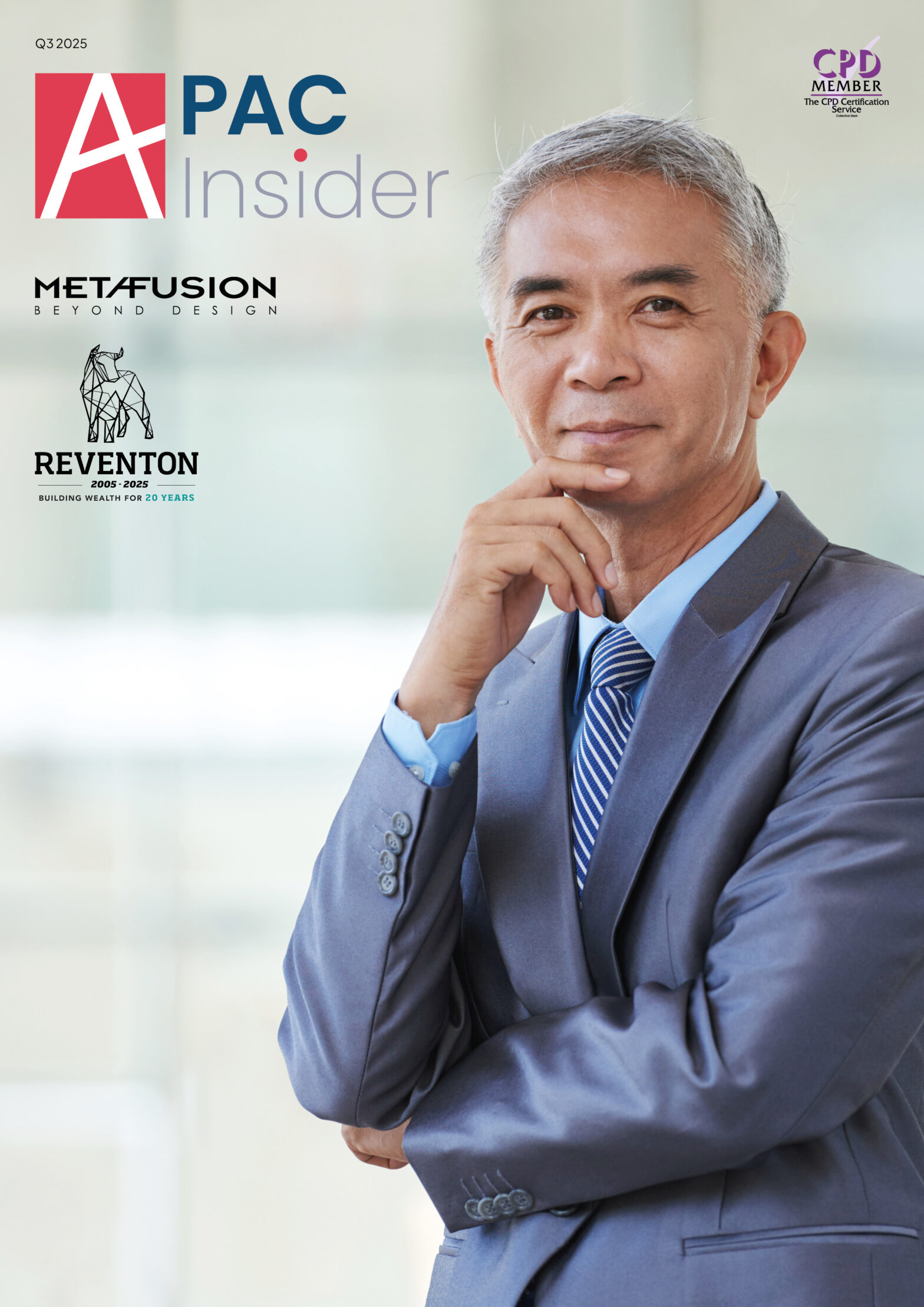Today’s consumers are more informed and intentional about their choices than ever before, driving sustainable business practices to the forefront. What was once considered a moral responsibility has transformed into a forward-thinking strategy. Sustainability opens doors to innovation, strengthens trust, and supports long-term profitability. Companies are moving beyond simply reducing harm and instead working to create positive change actively—for the planet, people, and their growth.
In this article, we explore how this shift in consumer behaviour, fueled by greater awareness and purpose, has placed sustainability at the centre of modern business practices.
What Does Sustainability Look Like in Practice?
Sustainability in business can take countless forms, shaped by unique operations and values. It isn’t confined to isolated projects or one-off initiatives—it’s an ongoing process that touches every part of a business, from supply chain practices and energy use to product design and community impact. Every small, thoughtful decision adds up to something greater, helping companies to operate more responsibly while building resilience for the future.
Energy Efficiency and Renewable Power
Transforming how energy is used is one of the most impactful ways for businesses to embrace efficiency and sustainability. Companies that adopt renewable energy sources or invest in improving energy efficiency often see immediate benefits, including lower operating costs and reduced reliance on unpredictable energy markets.
For instance, outfitting office spaces with energy-efficient lighting or installing solar panels at manufacturing facilities isn’t just about cutting utility bills—it’s a clear step toward reducing environmental impact.
Ethical and Transparent Supply Chains
A sustainable company also depends on how it sources and produces what it offers. Ethical supply chains prioritise transparency, ensuring materials are sourced responsibly, and workers are treated fairly. Businesses that take the time to evaluate their supply chains and make meaningful improvements—whether by partnering with suppliers that align with their values or adopting fair labour practices—help create a system that respects people and the planet.
Some companies are pushing further by embracing circular supply chains, where waste is minimised and materials are repurposed instead of being thrown away.
Sustainable Packaging
One of the most visible ways businesses can show their commitment to sustainability is through packaging. Many are moving away from single-use plastics and adopting biodegradable or compostable materials. Others are introducing reusable designs or cutting back on unnecessary packaging entirely. These changes help reduce waste, conserve resources, and address growing environmental concerns. Beyond the practical benefits, they send a message to customers that the company is genuinely prioritising the planet.
For consumers paying more attention to the environmental impact of their purchases, environmentally friendly packaging is a meaningful step that builds trust and loyalty.
Greener Product Design
Sustainable product design extends the company’s commitment to the environment by focusing on creating practical, durable, and eco-friendly items. Businesses increasingly use recycled or upcycled materials and design products that last longer or can be upgraded. These thoughtful approaches help reduce waste and encourage more mindful consumption, satisfying customers by allowing them to choose products that align with their values.
This commitment to sustainability also makes waves in events such as exhibitions, pop-ups, and trade shows. Many companies now opt for portable exhibition stands made with sustainable materials or designed for reuse across different events. These stands offer the flexibility to adapt to changing needs while minimising environmental impact, making them a popular choice for businesses that want to combine functionality with eco-consciousness.
Thankfully, the growing demand for greener options has led to an increase in exhibition stand designers who specialise in sustainable solutions. Whether you’re looking for a custom setup or something portable and versatile, there’s no shortage of options to align your business presence with your sustainability efforts.
Carbon Offsetting
Carbon offsetting is a simple way to compensate for emissions by supporting projects that help the planet. Planting trees through reforestation programs absorbs CO2 and restores natural habitats, while investing in renewable energy, like wind or solar power, helps reduce pollution.
Some businesses incorporate carbon offsetting into their everyday work, such as offering carbon-neutral delivery or supporting local sustainability programs. Partnering with trusted organisations ensures these efforts make a real difference. Beyond reducing emissions, offsetting shows a genuine commitment to tackling climate challenges and resonates with people who care about the environment.
Green Building Practices
Green building is all about creating spaces that are better for the environment. Using materials like recycled steel, reclaimed wood, or bamboo helps reduce waste, and retrofitting buildings with energy-saving systems like LED lights, better insulation, or solar panels lowers energy use and costs.
Adding features like rainwater harvesting systems or planting native greenery can make outdoor areas more eco-friendly, while green roofs or solar panels make better use of space and resources.
Top Companies Leading the Way
Real-world examples inspire businesses looking to integrate sustainability into their strategies:
- Patagonia has woven environmental responsibility into its DNA, from ethical sourcing to encouraging customers to repair rather than replace worn products. This approach has earned it a fiercely loyal customer base and recognition as a leader in eco-friendly fashion.
- Unilever has shown how sustainability can drive growth across a global corporation. Through its Sustainable Living Plan, the company has reduced its environmental footprint while growing its brands, emphasising eco-friendly practices.
- Tesla transformed the automotive industry and spearheaded the electric vehicle (EV) era, redefining modern transportation. Its success demonstrates how sustainability-focused innovation can disrupt markets and reshape consumer expectations.
Building a Sustainable Future
Responding to shifting consumer expectations, environmental challenges, and new regulations has made sustainability a practical and essential focus for long-term success. It’s about finding new ways of working, building partnerships, and reimagining traditional approaches to create meaningful, lasting change. While it takes effort and commitment, the rewards are significant—stronger customer relationships, reduced environmental impact, and a more resilient foundation for the future.




























